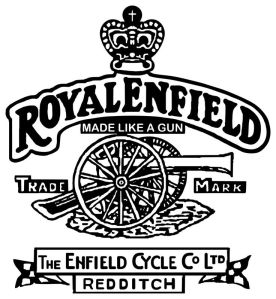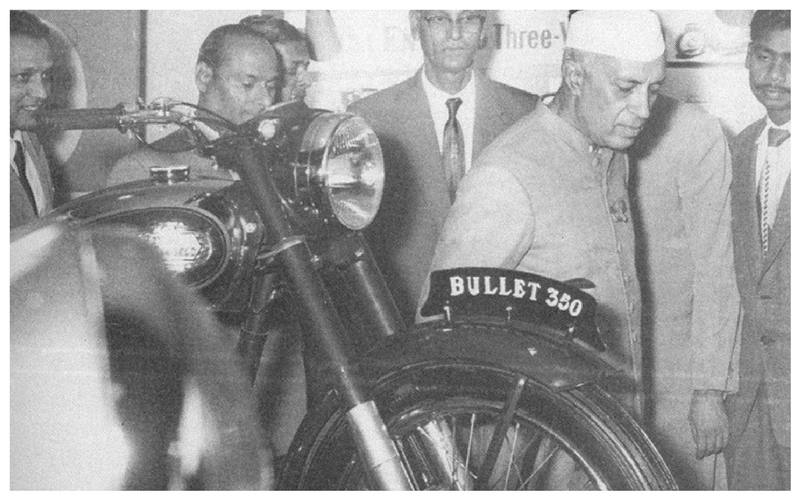
By Godfrey Vijay

.
In 1851, George Townsend established a sewing needle making mill named “Givry Works” in Hunt End, near Redditch, Worcestershire, in the West Midlands of England.
The Wednesday, June 25, 1862, issue of Worcestershire Chronicle reported that George Townsend and Co., of Girvey Works, exhibited needles made for sewing machines.
In 1880, George Townsend and Co., the needle manufacturers advertised a “Needle Case.”
After 1880, George Townsend’s son also named George, invented a saddle for bicycles that used only one length of wire in the two springs and in the framework. This saddle was patented and marketed as the “Townsend Cyclists Saddle And Springs.”
In 1882, after George Townsend died, his son, George Townsend Jr, and his half-brother bought into Givry Works. They manufactured a crude bicycle. Then they started making components including saddles and forks for cycle manufacturers.
By 1886 complete bicycles were being sold under the names “Townsend” and “Ecossais.”
In February 1888 at the Stanley Exhibition of Cycles in Westminster, George Townsend and Co, of Redditch, exhibited spring and saddle. And in March 1891 exhibited cycles at the Royal Aquarium.
That same year George Townsend and Co suffered a financial collapse. To run the business Townsend’s bankers chose Albert Eadie, the sales manager of Birmingham’s Perry & Co Ltd, pen makers who had just begun to supply components for cycles, and Robert Walker Smith, an engineer from D. Rudge & Co., which in 1894 became Rudge Whitworth Cycles.
In 1892, Albert Eadie and R. W. Smith bought the bicycle business of George Townsend and re-incorporated Townsend and Co and named it Eadie Manufacturing Company Limited; it was based in Snow Hill, Birmingham.
Eadie had won contracts to supply precision parts for firearms to the government’s long-established Royal Small Arms Factory at Enfield, Middlesex and assumed the brand name, “Royal Enfield.”
In 1896, to handle much of the cycle work, a new subsidiary company, The New Enfield Cycle Company Limited was incorporated.
In 1897, Enfield took all the cycle assembly work from Eadie for making complete cycles as well parts for other cycle assemblers.
In 1901, The New Enfield Cycle Company Limited diversified into motorcycles, and in 1902 into motor cars.
In 1906, a separate subsidiary, Enfield Autocar Company Limited was incorporated for the motor department and established at Hunt End, Redditch. Unfortunately, after just 19 months of operation, the newly floated Enfield Autocar reported serious losses. The shareholders other than Eadie himself were unwilling to provide more capital. So, in early 1907 Eadie sold his control of Eadie Manufacturing to BSA.
In 1909, Frank Walker Smith (1888-1962), the eldest son of Robert Walker Smith, joined Enfield Cycle Company. In 1914, he was appointed joint managing director along with his father.
When his father died in 1933, Frank Walker Smith took over the full responsibility.
.

.
In 1955, the Indian government while on the lookout for a suitable motorcycle for patrolling the country’s border chose the 350-cc model ‘Bullet’ as the most suitable bike for the job. The Indian government then ordered 800 350-cc model Bullets, an enormous order for the time.
In the same year, Enfield Cycle Company partnered with Madras Motors in India to form Enfield of India, based in Chennai. Under Indian law, Madras Motors owned the majority (over 50%) of shares in the company. The new company started assembling the 350cc Royal Enfield Bullet motorcycle under licence in Chennai with components imported from England.
From 1957 onwards, Enfield of India acquired the necessary tooling equipment to manufacture the components in India. By 1962 all components used in the 350cc Royal Enfield Bullet motorcycle were made in India.
In 1962, after the death of Frank Walker Smith, Enfield was bought by investors E & H P Smith.
In 1967, Enfield was sold for £82,500 to Norton Villiers who acquired 33 percent of Enfield India.
At the bankruptcy sale, Matt Holder of Aerco Jigs and Tools purchased the ‘Royal Enfield’ name and rights.
The Holder family has produced spares for Royal Enfield motorcycles continuously from 1967 through to the present but did not trade under the Royal Enfield name. The management of Aerco Jigs and Tools passed on to Matt Holder’s son David Holder, of the Velocette Motorcycle Company of Birmingham, UK.
Royal Enfield produced bicycles at its Redditch factory until it closed in early 1967. The company’s last new bicycle was the ‘Revelation’ small wheeler, released in 1965. Production of motorcycles ceased in 1970. In 1971, the original Redditch, Worcestershire-based company was dissolved.
Enfield of India continued producing the ‘Bullet’ long after the UK factory’s bankruptcy and in 1999 changed its branding to ‘Royal Enfield.’
David Holder, the owner of the trademark objected to the use of ‘Royal’ by Enfield of India and filed a lawsuit. A UK court ruled in favour of Enfield of India, who now produce motorcycles under the Royal Enfield name and sells them in India and also exports to countries abroad.
RELATED ARTICLES
Townsend and Co (gracesguide.co.uk)
Royal_Enfield (en.wikipedia.org)
Royal Enfield – India (infobugblog.wordpress.com)
History of Bikes in India (blog.drivojoy.com)